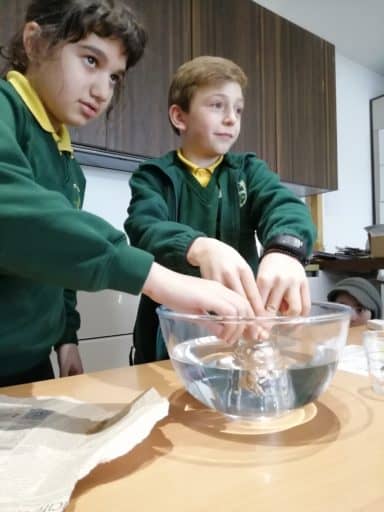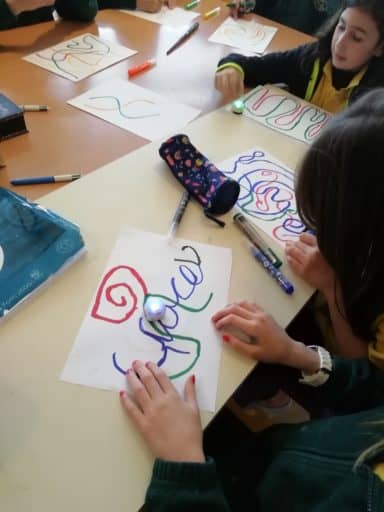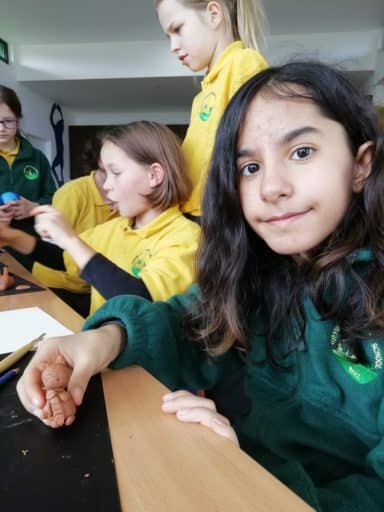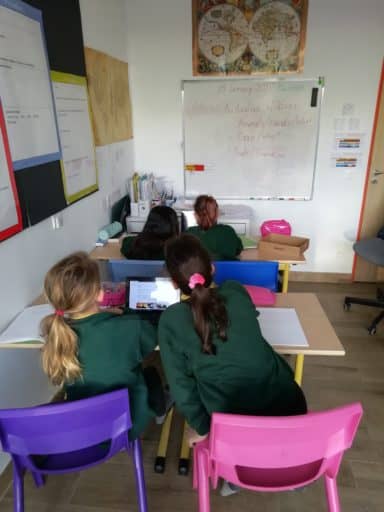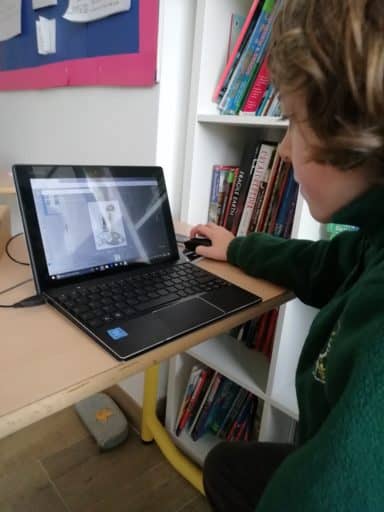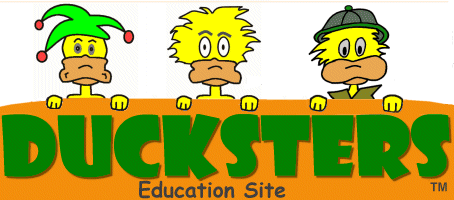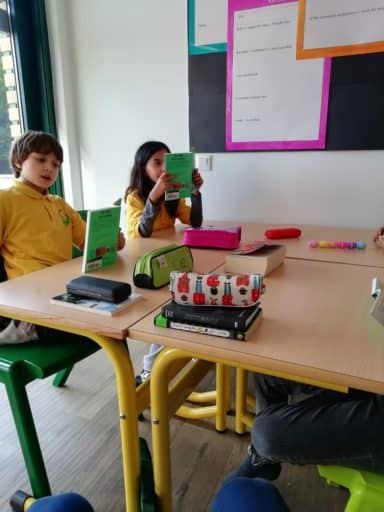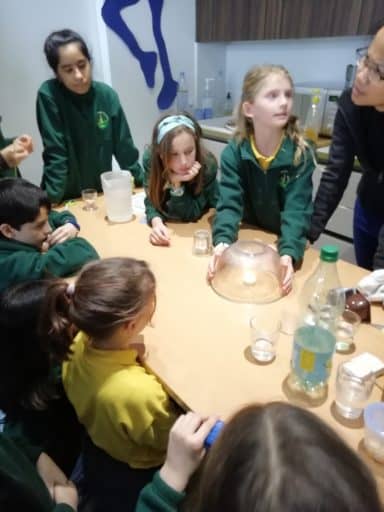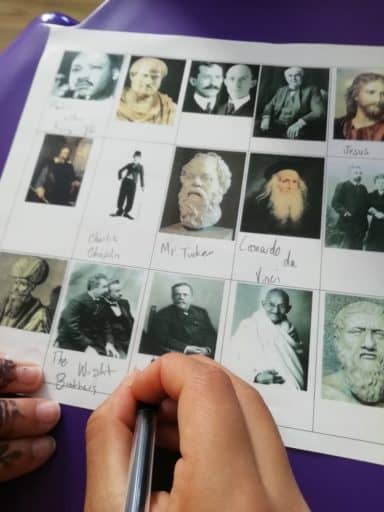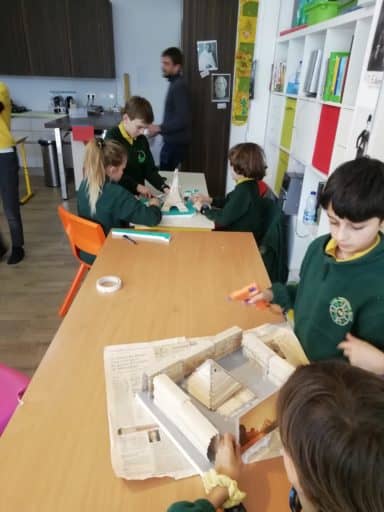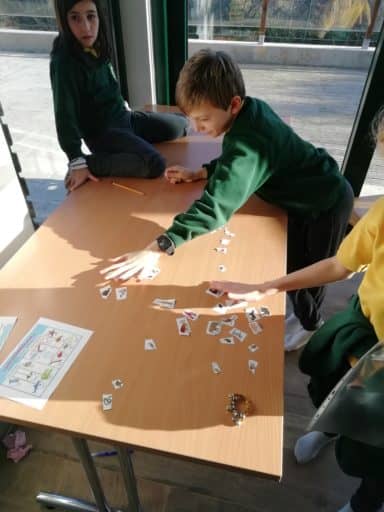Term Theme: Superhumans – They Made A Difference
Term 3 Literacy
Biography: Research -> Summary-> Presentation
In Literacy class, Oaks were busy learning about all kinds of famous historical figures throughout the ages.
First they were exposed to a great number of different biographies.
Then they were challenged to write their own summaries on these biographical figures.
Finally they needed to make a poster on the computer to present their biographical figures.
In the meantime, COMMA, there was a large focus on the grammar of cohesion. Rather than listing out facts, pupils were learning about fronted adverbials and connecting words to better connect a story and create a narrative about somebody’s life.
Consequently, not every sentence started with ‘he’ or ‘she’, and the writing flowed better.
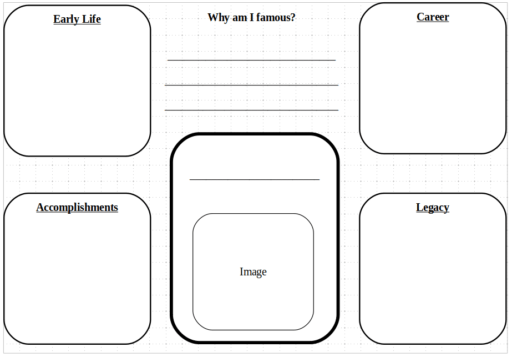
There was a definitive structure which was followed when analysing biographies. Whether it be Martin Luther King Jr. or Leonardo da Vinci, they all had an origin story (early life), a job of some sort (career), something great that they achieved (accomplishments) and a reason they’re remembered still today (legacy).
Big thanks to Ducksters.com for providing most of the biographies. Here is a list of people we analysed thanks to them.
Abraham Lincoln, Albert Einstein, Alexander the Great, Archimedes, Aristotle, Charlie Chaplain, Cleopatra, Frères Lumière, Galileo, Gandhi, Isaac Newton, Karl Marx, Leonardo da Vinci, Louis Pasteur, Martin Luther King Jr., Mother Teresa, Napoleon, Orville/Wilbur Wright, Pierre/Marie Curry, Plato, Socrates, Thomas Edison, Walt Disney
Literacy Objectives Covered:
- To learn time connectives in order to better order a biography in chronological order.
- To understand that biographies give an account of a person’s life and achievements.
- To structure biographies so as to include early life, career, achievements, legacy.
- To comprehend and organise the facts from research to create a larger narrative about the person.
- To learn about cohesion and how paragraphs connect to construct a narrative.
- To present one’s work in a way that is easily comprehensible and interactive with the audience.
Guided Reading
Pupils practised reading books which challenged their level with an adult monitoring their reading and comprehension questions or activities to follow.
The books are the following:
- A Lion in the Bedroom by Readworks.org
- Tales of a Fourth Grade Nothing by Judy Blume
- Shiloh by Phyllis Reynolds Naylor
History/IPC
In both history and the French bilingual section, much of the term was spent on the following topics:
- Scientists and Inventors
- Democracy vs. Dictatorship
- Civil Rights
- Famous Monuments
History Objectives Covered:
- To speak of history in both English and French.
- To see how ancient people solved big questions such as figuring out the circumference of the Earth or the categorisation of animals.
- To recreate science experiments and practise the scientific method.
- To learn about the importance of humanity and what can happen when humanity is not properly valued.
- To see that dictatorship can come from within a democracy and that one must recognize the signs of dictatorship in order to avoid it.
- To learn about democracy and its different forms and origins.
- To learn about dictatorship and its focus on unity and creating differences with ‘others’.
- To appreciate the gravity and negative significance of segregation.
Pour découvrir les activités en français, téléchargez le PDF ici !
ICT / Robotics Workshop
We made biographies, presentation slides, museum tickets, and played with robots.
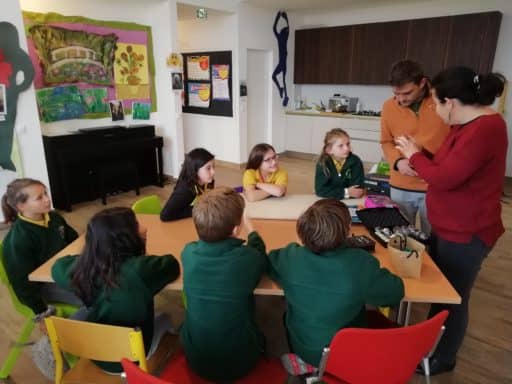
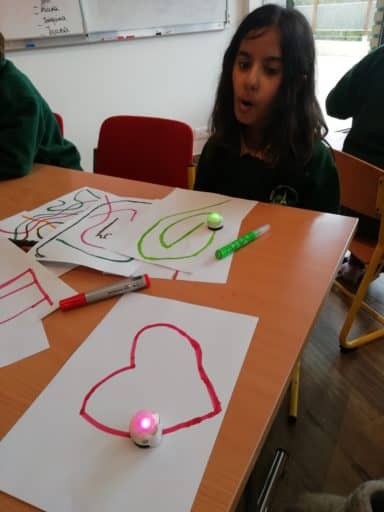
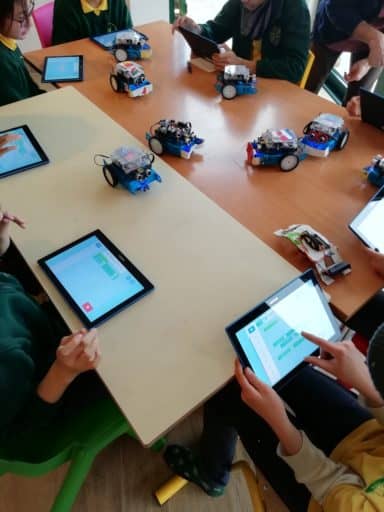
ICT Objectives Covered:
- To research and find information on a historical figure.
- To create presentation slides which are aesthetic, purposeful and in order.
- To find, copy, paste and resize images to make an aesthetic presentation.
- To successfully navigate Ducksters.com and find information you are looking for.
- To practise synthesizing and typing skills.
- To make aesthetically pleasing museum tickets which teach symmetry and computer design skills.
End of Term Museum
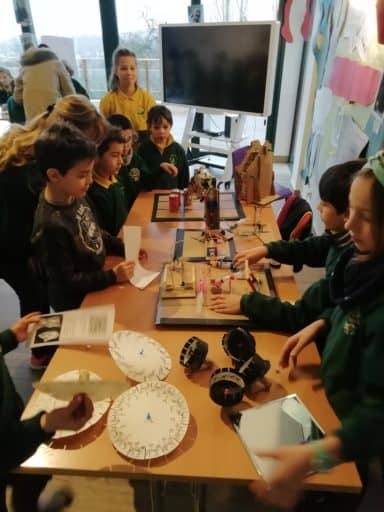
Oaks ended the term by showing younger pupils and parents their work from the term.

